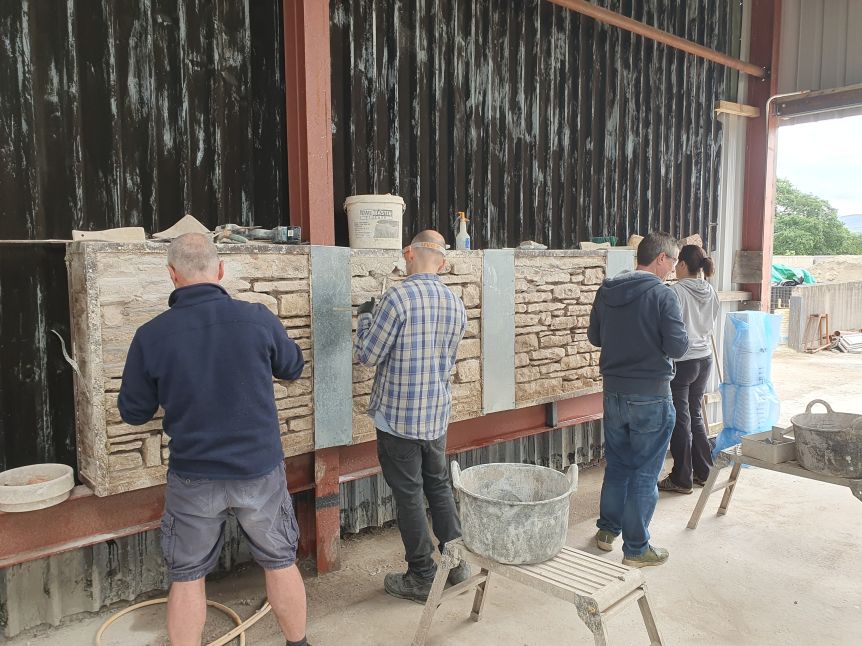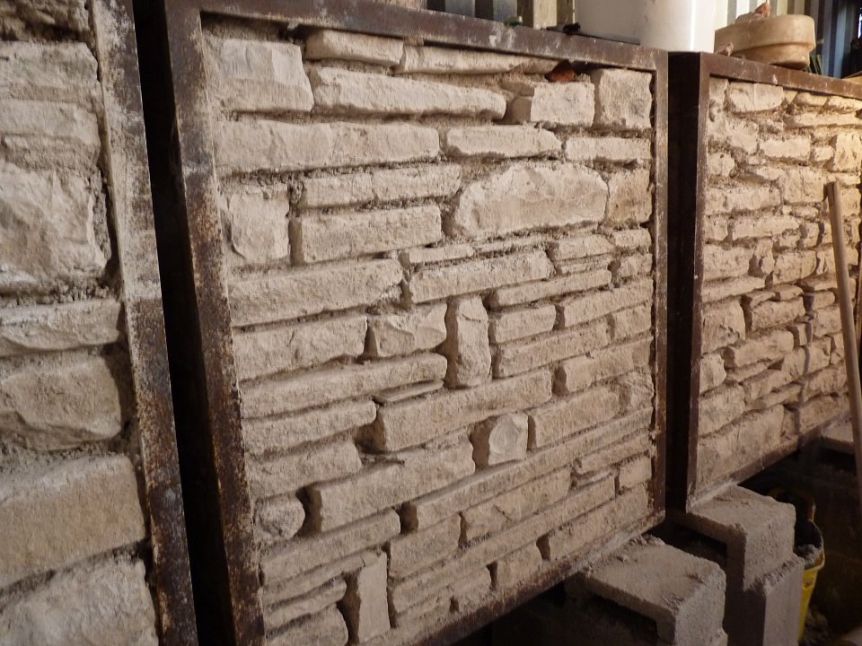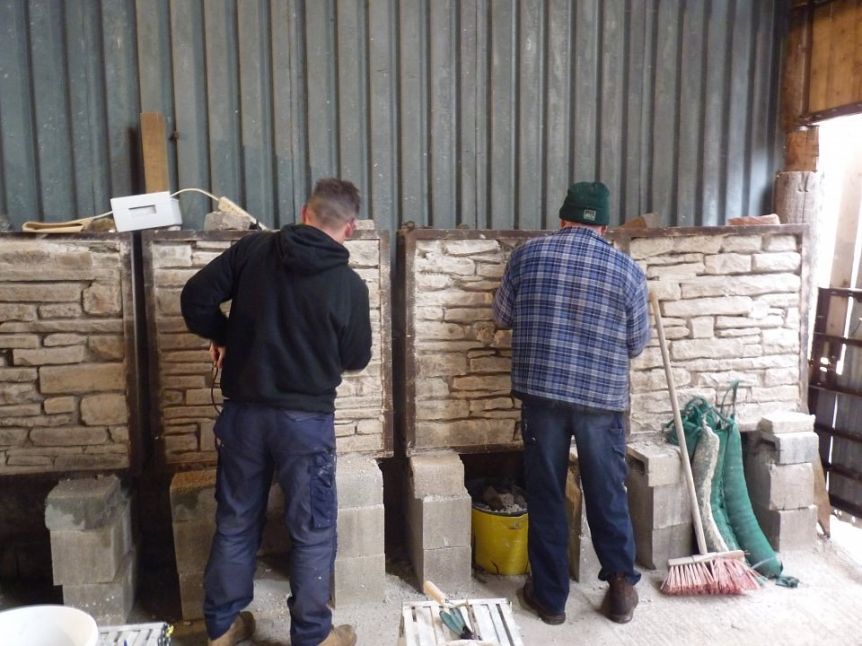View by category


Preserving heritage skills in Cumbria
We met up with Carl Sanger (Operations Manager) and Tim Wells (Company Director) at Eden Hot Lime Mortar to find out all about the heritage craft of hot lime mortaring.
Lime mortar is a traditional building material made from a mixture of lime, sand and water, explains Company Director, Tim Wells (pictured).
It has been used for centuries in construction due to its flexibility and breathability. Lime mortar is particularly valued in the restoration of historic buildings and sustainable construction because it is environmentally friendly and compatible with older masonry.
Hot Lime Mortar Ltd specialises in the supply of hot lime mortar and lime insulation. We provide these materials to customers across the north of England and the rest of the UK. Our products are used in various construction and restoration projects, emphasising traditional and eco-friendly building practices.

Keeping the heritage skill of lime mortaring alive in Cumbria is crucial for several reasons:
Preservation of historic buildings: Many of Cumbria's historic buildings, including those in the Lake District, were constructed using lime mortar. Maintaining this skill ensures that these structures can be properly conserved and restored, preserving their architectural integrity and historical significance.
Sustainable building practices: Lime mortar is environmentally friendly, as it is made from natural materials and has a lower carbon footprint compared to modern cement mortars. Promoting its use supports sustainable building practices and reduces environmental impact.
Local economy and craftsmanship: Supporting lime mortaring helps sustain local businesses and craftsmen who specialise in traditional building techniques. This not only preserves cultural heritage but also boosts the local economy by creating jobs and promoting tourism.
Educational value: Teaching lime mortaring to new generations ensures that this valuable skill is not lost. It provides hands-on learning opportunities for builders, architects, and DIY enthusiasts, fostering a deeper understanding of traditional construction methods.
By keeping the heritage skill of lime mortaring alive, Cumbria can continue to honour its rich history, promote sustainable building, support local craftsmen, and provide valuable educational experiences.

Carl Sanger, Operations Manager, (pictured) explains: Passing down the heritage skill of lime mortaring to the next generation involves a multi-faceted approach. Here are some key strategies:
Education, training and apprenticeships: Offering specialised courses and workshops, often in collaboration with educational institutions and heritage organisations, helps teach the practical and theoretical aspects of lime mortaring to students and professionals alike. Providing apprenticeship programmes where young artisans can work alongside experienced craftsmen ensures hands-on learning and skill development.
Community projects: Involving young people in community restoration projects allows them to apply lime mortaring skills in real-world scenarios, fostering a sense of ownership and pride in preserving local heritage.
Promotion and awareness: Raising awareness about the importance and benefits of lime mortaring through events, exhibitions, and digital platforms encourages interest and participation from the broader community. Showcasing success stories through highlighting successful restorations and the craftsmanship involved can inspire young people to pursue careers in this field, too.
Supporting heritage organisations: Funding and supporting organisations dedicated to preserving traditional building techniques ensures that resources and expertise are available to train future generations.
Policy and Incentives: Encouraging government policies that support heritage conservation and provide incentives for using traditional materials can help create a demand for skilled lime mortar artisans. By employing these strategies, we can ensure that the invaluable skill of lime mortaring continues to thrive and be passed down to future generations.

Passing down the heritage skill of lime mortaring comes with its own set of challenges:
Lack of awareness: Many people, including potential young artisans, aren't aware of the significance of lime mortaring, which can lead to a lack of interest and dwindling numbers of skilled practitioners.
Funding: Securing adequate funding for educational programmess, workshops, and restoration projects can be challenging, impacting the ability to train new craftsmen.
Modern preferences: Contemporary building practices often favourr modern materials and techniques, which can overshadow traditional methods like lime mortaring.
Skill gap: There's a significant skill gap between experienced artisans and new learners. Closing this gap requires extensive hands-on training and mentorship.
Regulations: Navigating building regulations and policies can be complex, particularly when they don't support or recognise the value of traditional techniques.
Supply chain issues: Sourcing high-quality lime and other materials used in lime mortar can sometimes be challenging due to limited suppliers or regional availability.
Weather constraints: Lime mortar work is often weather-dependent, which can affect project timelines and the consistency of training opportunities.
Despite these barriers, there is a dedicated community working to overcome them, ensuring that this important skill continues to be passed down.

Here are a few solutions to address the challenges faced in passing down the heritage skill of lime mortaring:

Why lime keeps older buildings warm and free of damp
Visit the Eden Hot Lime Mortar website to find out more, including upcoming course dates.
